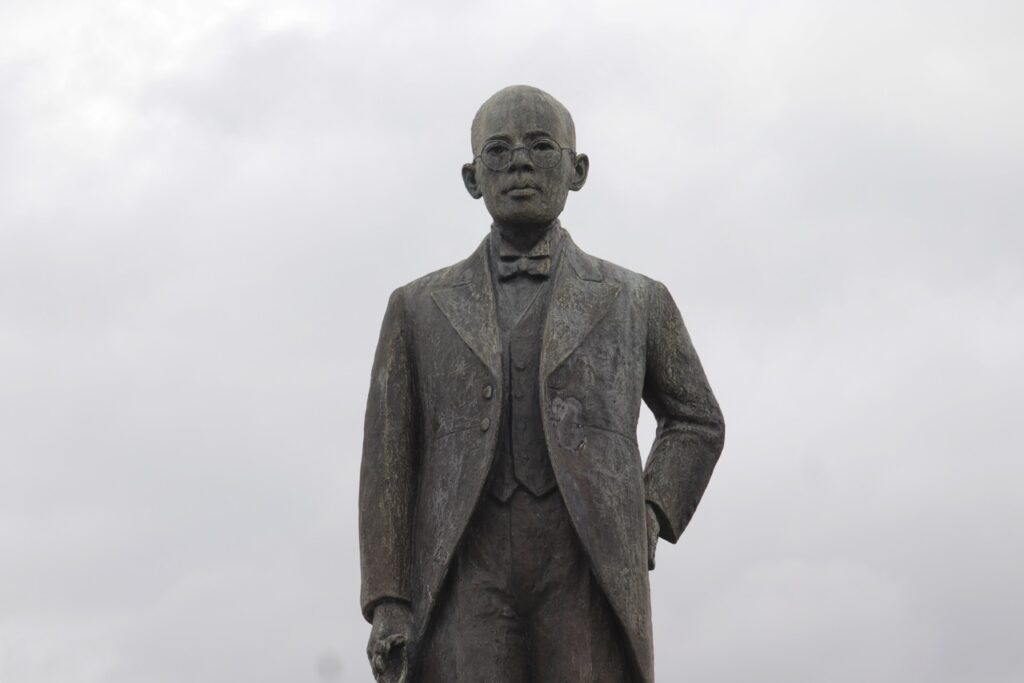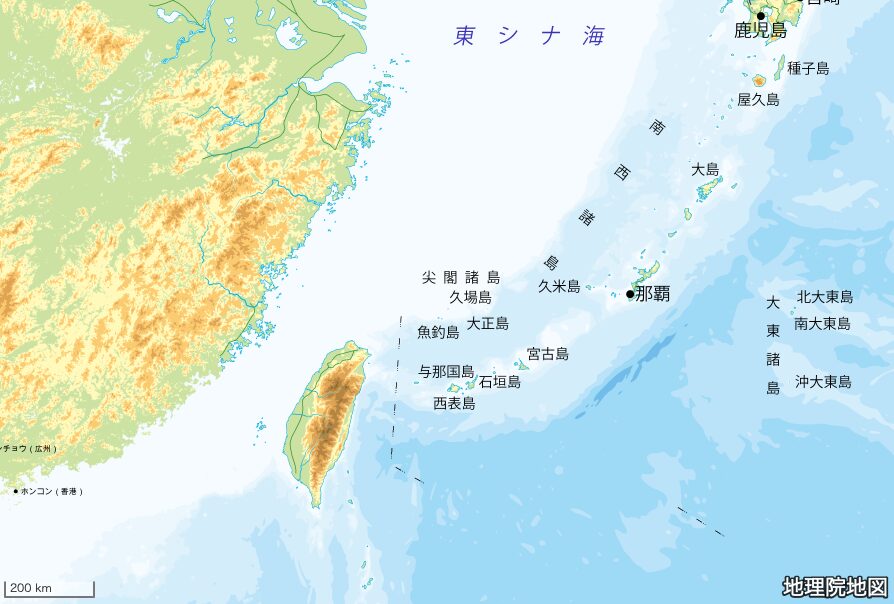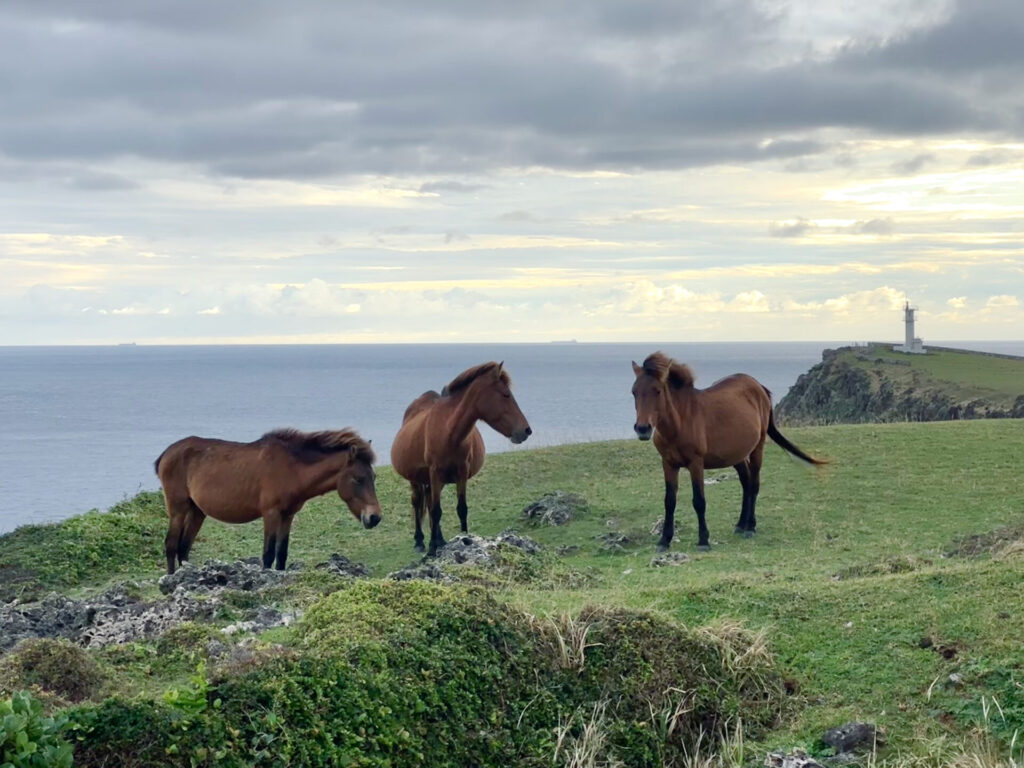Kagiyadefū

Kagiyadefū is regularly played and danced at the opening of festivities such as weddings and tushibī (birth year celebration) on the main island of Okinawa, as well as inauguration ceremonies for new buildings, and dance events. It was originally the title of a song, and as Gozenfū, it is considered one of the typical music played with shamisen (sanshin)1 before the king. Although it was an old man’s dance at first, it has become much more diverse and is now performed by both women and men. Merry and classic, just like the Okina in Noh plays, it is truly perfect for joyous occasions. This song also appears in one of the most popular traditional pieces of theatre in which a loyal retainer composes these verses to express the joy of hearing the mute king speaking for the first time.
Pronounced ka-ja-di-fū in Okinawan, there are various theories on the origin of the name but it is commonly believed that the term is the accented articulation (palatalized) of kaga, meaning “bright” which connotes the brilliance of the dance gestures or music.
The lyrics mostly heard goes
“Kyūnu fuku rashaya nawounijana tatiru/
Tsibudi woru hananu tsiyu chatagutu”
(To what shall I liken this joy I feel today/
It is like a bud flowering as it greets the dew)
When the Ryukyuan delegation performed this song with shamisen in Edo2, Ogyu Sorai and other scholars at the time had difficulties understanding its meaning and thus came up with various unique interpretations. Due to such a mistaken translation, Takizawa Bakin has turned this music into a song of mournful farewell in his Chinsetu Yumiharizuki.
Editor’s Note:
- A three-stringed banjo-like instrument found in Okinawa and Amami Islands.
- Former name of Tokyo.









































































































































































































































